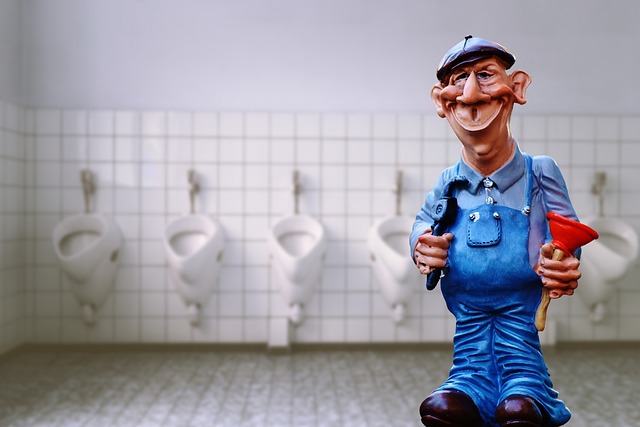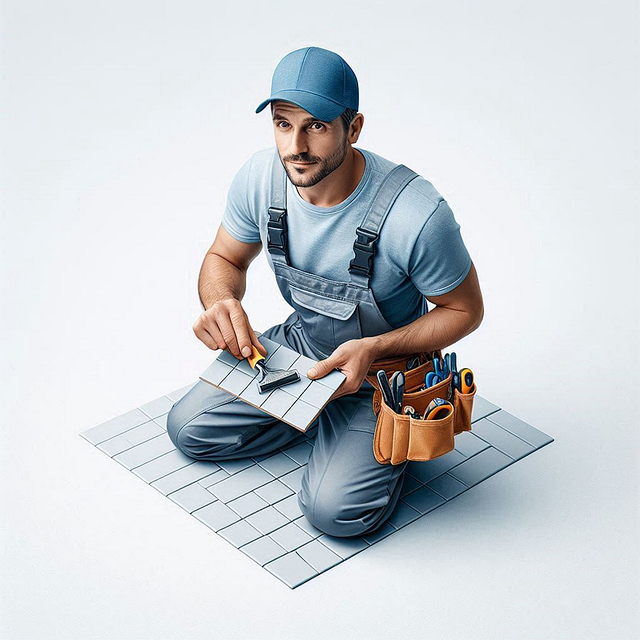Understanding the difference between DIY tools like plungers for minor drain clogs and professional equipment such as pipe wrenches for complex plumbing tasks is crucial. While a plunger is handy, a pipe wrench is essential for broken pipes or fitting adjustments to prevent damage and ensure long-lasting systems. Recognizing when DIY efforts should end is key in making informed decisions between DIY vs. professional plumbing services.
Tired of clogged drains or leaky pipes? Understanding when to tackle plumbing issues yourself and when to call a pro can save you time, money, and potential headaches. This guide dives into the world of DIY vs. professional plumbing, focusing on essential tools like the plunger and pipe wrench. We’ll explore pros and cons of DIY repairs, uncover common scenarios for both approaches, and offer valuable tips for safe DIY projects and choosing reliable plumbers when needed.
- Understanding Your Tools: Plunger and Pipe Wrench
- – Definition and basic functions of a plunger and pipe wrench
- – When each tool is most effective
Understanding Your Tools: Plunger and Pipe Wrench

When tackling plumbing issues, knowing your tools is half the battle won. Let’s demystify two common ones: the plunger and the pipe wrench. A plunger is a handy tool for unclogging drains. Its suction action creates pressure to dislodge blockages, making it ideal for DIYers tackling minor clogs at home. It’s a quick fix and often the first go-to solution for many homeowners.
On the other hand, a pipe wrench is a professional-grade tool designed for more complex plumbing tasks. It provides precise control during tight turns and tightens or loosens fittings securely. Unlike a plunger, which tackles surface-level clogs, a pipe wrench is essential when dealing with broken pipes, replacing fixtures, or any scenario requiring intricate adjustments to your plumbing system. For DIY enthusiasts, while tackling simple issues can be satisfying, understanding when to call in a professional plumber ensures complex jobs are handled correctly, preventing further damage and ensuring long-lasting plumbing systems.
– Definition and basic functions of a plunger and pipe wrench

A plunger and a pipe wrench are two common tools used in plumbing, each with distinct roles. A plunger is a simple yet effective device designed to unclog drains by creating a seal and using air pressure to dislodge blockages. It’s a go-to tool for DIY enthusiasts tackling minor clogs at home. On the other hand, a pipe wrench is a specialized tool used by professionals to tighten or loosen fittings and joints in plumbing systems. Its versatile design allows plumbers to work on various pipes, making it an indispensable tool for complex repairs.
When it comes to DIY vs. professional plumbing, knowing when to use each tool is crucial. For simple clogs that can be addressed quickly and safely by a homeowner, a plunger is often the best choice. However, for more intricate plumbing issues involving fittings or pipes beyond the reach of a typical plunger, a pipe wrench (or other specialized tools) is necessary. Plumbers are trained to handle these situations effectively, ensuring long-lasting solutions and preventing further damage.
– When each tool is most effective

When it comes to DIY plumbing repairs, a plunger is your go-to tool for unclogging sinks, toilets, and drains. Its simple design creates a seal and builds pressure to dislodge any blockages. It’s effective for minor clogs caused by hair, soap scum, or small debris. Plungers are also useful for clearing overflow drains in a pinch.
On the other hand, a pipe wrench is the professional plumber’s weapon of choice for more complex tasks. It provides a secure grip on pipes and fittings, making it ideal for turning tight bolts, removing corroded components, or disconnecting and reconnecting pipes during repairs or installations. For intricate plumbing issues that require precision and force beyond a DIYer’s comfort level, a professional plumber with the right tools and expertise is best equipped to handle them.
When tackling plumbing issues, knowing when to handle tasks yourself or when to call in a professional is essential for both efficiency and safety. Plungers are ideal for unclogging drains and minor pipe obstructions, offering a cost-effective DIY solution. On the other hand, pipe wrenches excel at tightening or loosening pipes and fittings, making them indispensable for more complex repairs. Understanding these tools’ capabilities allows you to make informed decisions, ensuring that simple tasks remain manageable for DIY enthusiasts while recognizing when professional plumbing expertise is required for intricate or potentially hazardous situations.
